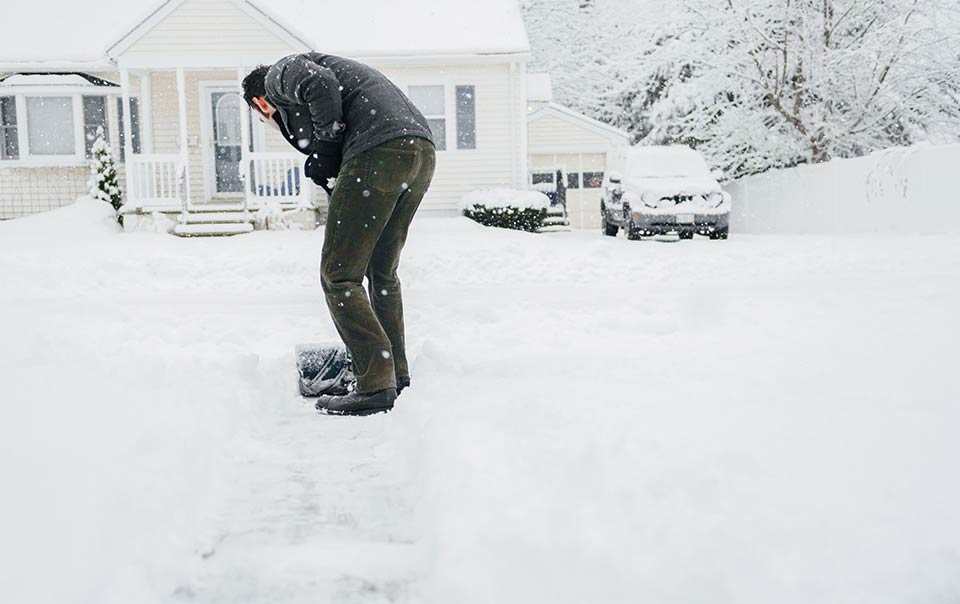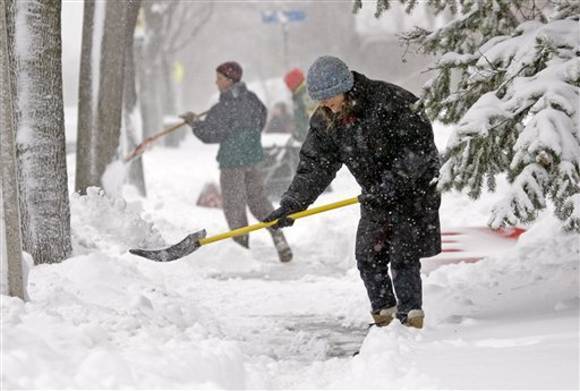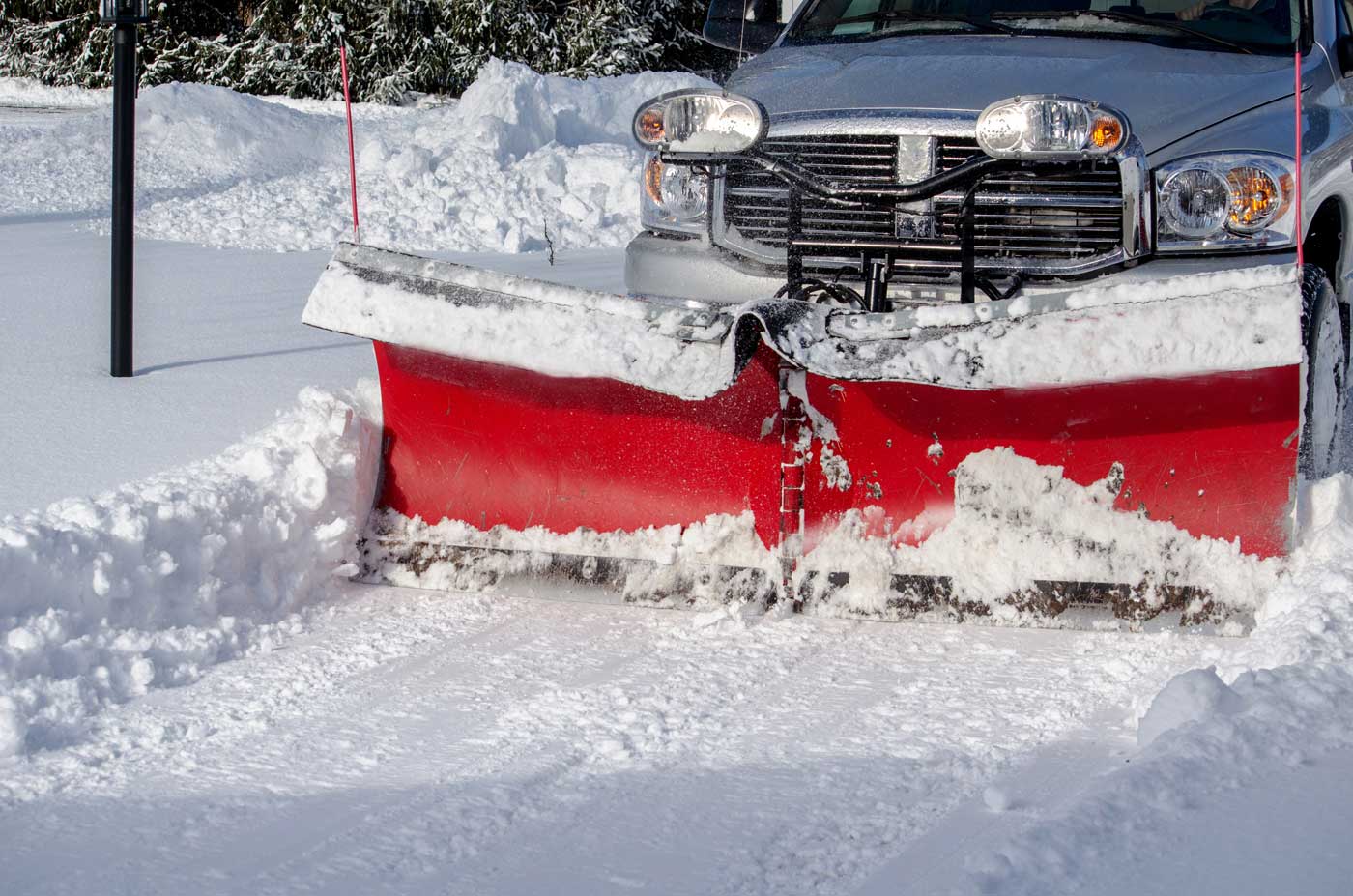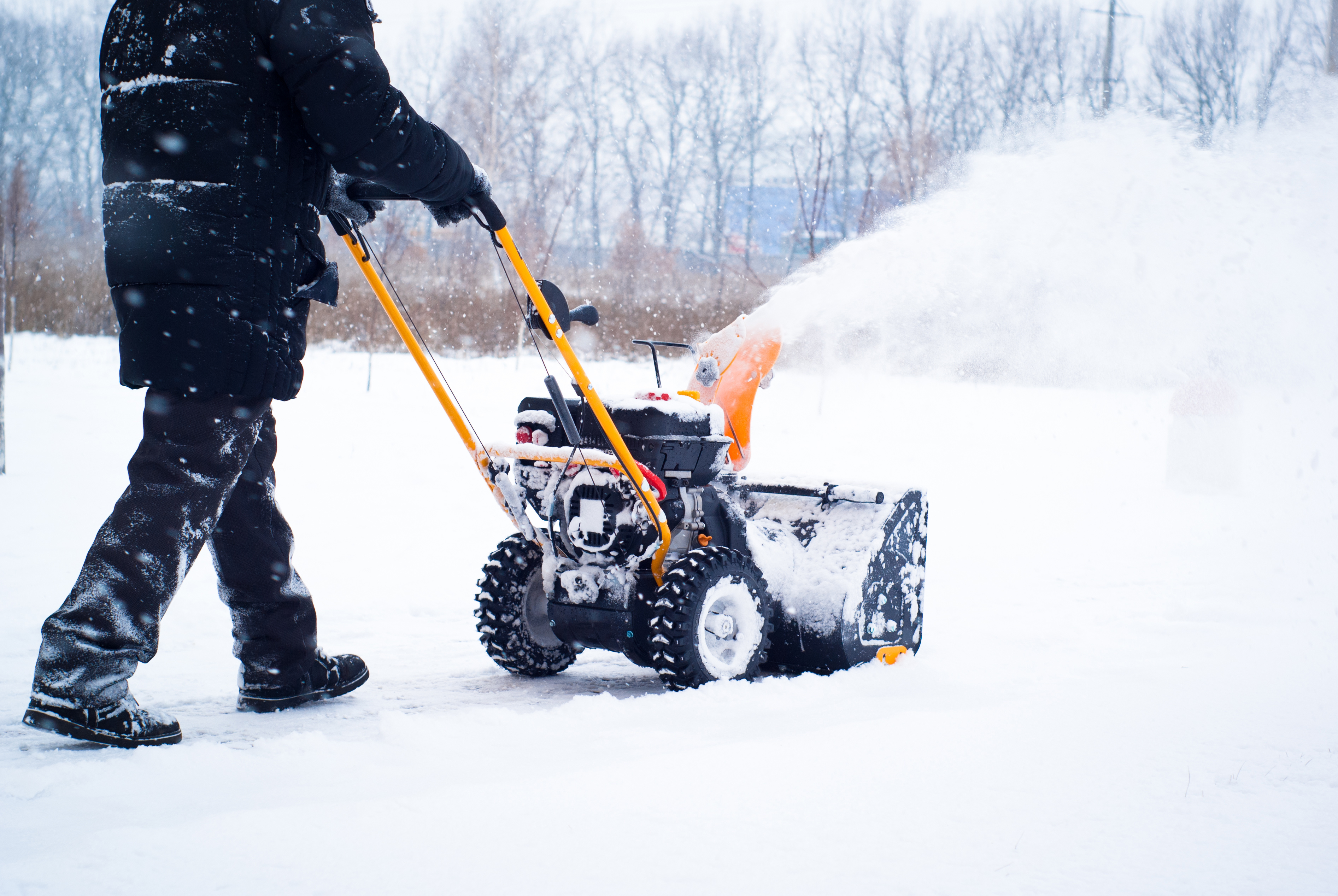What do you do when the weather outside is dreadful, but you still have to go shopping, school, or work? Residential snow plowing is a huge inconvenience and an awful reality of life for people who live in northern climates, as well as a lucrative off-season industry for landscapers and other professionals. But, before you pay a fortune for a professional snow removal service for residential lawn care and snow removal, consider some of these unusual techniques for getting rid of all that chilly white “stuff.”
Winter is a beautiful time, with layers and layers of white snow on the ground, gleaming in the mellow winter light in all its pristine glory. It has a lovely appearance and uplifts the spirit with its freshness. Fresh snow, on the other hand, brings with it the disagreeable chore of removing it. Snow shovelling is a daunting chore that may be difficult for most households. Nevertheless, here are some general recommendations for home snow removal that you may follow.

Here are a few things you can do to make snow removal a little less painful.
- There’s a lot at stake: You may be comfortable with your landscaping and believe you know your driveway just like the back of your hand, but once it’s covered in 6 inches of snow, you’ll have second thoughts. Tall poles or stakes should be placed around pathways, driveways, including sidewalks. This will make it much easier to identify the places that need to be shovelled.
- Shovel it: Get yourself a snow shovel and make sure it’s the correct one for you. Snow shovelling is a strenuous activity that requires physical fitness. Before you begin, perform some stretching exercises. Wear layers of clothes to allow for freedom of movement. If you anticipate significant snowfall, use an S-shaped shovel. For lighter snow, a C-shaped shovel will suffice.
- A shovel in time: While it may be tempting to stay indoors since it is still snowing outside, this is a mistake. The longer you wait, the more snow you will have to clear. It is better to continue clearing snow so that it does not collect. Continue to remove the snow in batches so that it is never more than 6 inches deep.
- Blowing in the wind: If you don’t think you’ll be able to shovel snow this winter due to health difficulties or other factors, invest in a snowblower. It’s a wise investment. A snow blower may accomplish in minutes what would otherwise take hours. These devices are available in a variety of power levels and can blast varying amounts of snow. This snow blowing advice will help you maintain and operate your snowblower safely and efficiently. Read through these recommendations carefully—there are a few you’ll want to undertake before you’re buried under snow.
- Prevent serious auger damage
- Purchase spare parts before you need them
- Don’t forget pre-season upkeep.
- Use synthetic oil for easier starting.
- A stabilizer needs to be added to the new fuel.
- Allow cooling before resuming operations.
- Begin with new fuel
- To avoid clogs, take smaller bites.
- Keep an eye out for half-buried newspapers.
- Prepare your property for snow and throw it far.
- Don’t sit around waiting for it to stop snowing.
- Take it with a grain of salt: Salt is an excellent de-icing agent. But be mindful of how much and how frequently you use salt. Excessive usage of salt may be harmful to the surfaces on which it is utilized. It also shuts down when the temperature falls below 12 degrees Fahrenheit. So, if you live in a region with shallow temperatures and much snow, you might want to think about Magnesium Chloride or Calcium Chloride.
- Step-by-step instructions: When there is a blizzard, your leaf blower may not be of much use. Nevertheless, if there is a buildup of light, fluffy snow on the stairs and driveway, your leaf blower can remove it. However, it is not a replacement for a shovel or a snowblower.
- Finally, but not least.
Use care when shovelling snow.
- Maintain a bent knee.
- When lifting snow, keep the shovel blade close to your body.
- To prevent stressing only one side of your body, switch hands from time to time.
- Switch your grip mainly on the handle from overhand to underhand regularly.
- Shovel the top layer first. Then go to the lower levels. This method will make picking snow simpler.
That being stated, understand how to pick a reputable, dependable “residential snow plowing near me” to avoid any snow removal catastrophe. Finding the proper person to handle your snow removal takes time. The most important question is if snow removal is a mainstay of the firm or a sideline along with xeriscape landscaping.
When a residential snow removal services company concentrates on snow removal as a full-time, seasonal business, they have the necessary equipment and staff to handle everything Mother Nature throws at them, from a beautiful snowfall to an ice-laden snowmageddon event.




